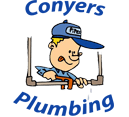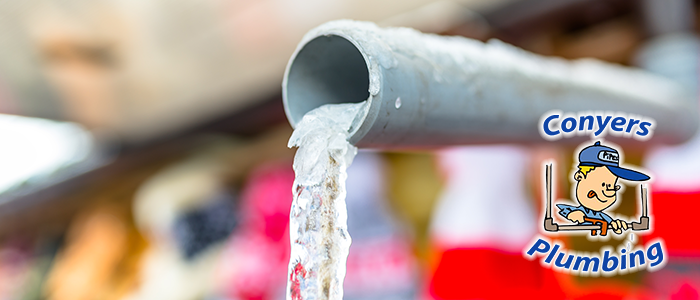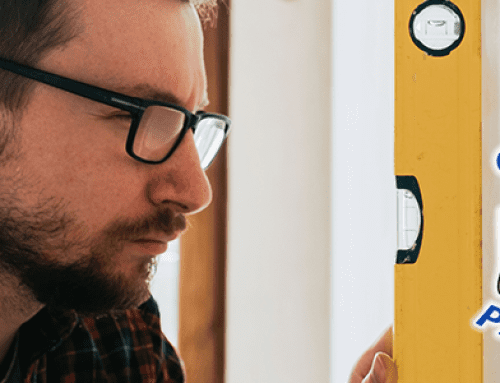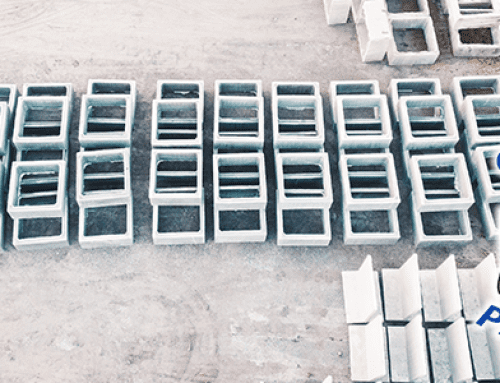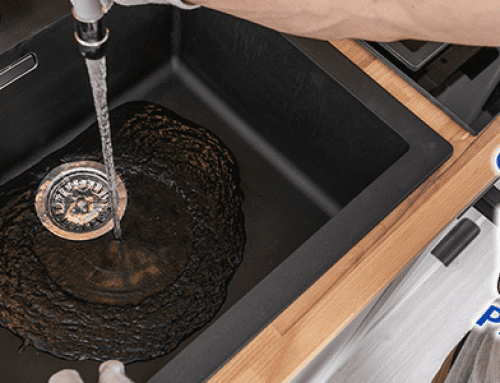Conyers Tips to Prevent Frozen Pipes
Winter is a beautiful season that brings with it, snow, ice-skating, and hot cocoa. However, it can also be a time of worry for the homeowners as the extreme cold weather can create problems for the plumbing system. One of the most common issues during winter is frozen pipes. When pipes freeze, they can burst, causing flooding and extensive damage to your house. But don’t worry! With Conyers Plumbing, you don’t have to fear the freezing temperatures! We have put together a few tips to help you prevent frozen pipes this winter.
Section 1: Understanding Pipes and Their Vulnerability in Winter
To prevent frozen pipes, it’s important to understand how pipes function and why they are vulnerable during the winter months. Pipes are designed to transport water, and water tends to expand when it freezes. When the temperatures drop below freezing, the water inside the pipes also freezes and expands. The pressure created by the expansion of the water can cause the pipes to burst, leading to extensive plumbing issues.
The pipes that are most vulnerable to freezing are those located in unheated areas such as attics, garages, and crawlspaces. Outdoor faucets and sprinkler systems can also be susceptible to freezing. Therefore, it’s important to take necessary measures to protect these pipes during the winter months.
Section 2: Insulate Pipes to Prevent Freezing
The best way to prevent pipes from freezing is by insulating them properly. Insulation can keep the heat inside the pipes and protect them from the extreme cold. If your pipes are exposed, consider adding insulation to them. Foam insulation is an affordable and effective option that can be easily installed by a professional plumber from Conyers Plumbing.
It’s important to ensure that all pipes are insulated, especially those in unheated areas such as crawlspaces, attics, and garages. Don’t forget to insulate the pipes leading to outdoor faucets and sprinkler systems. This insulation will help to prevent frozen pipes and expensive plumbing repairs in the long run.
Section 3: Keep Your Home Warm
Keeping your home warm is another way to prevent pipes from freezing. By maintaining a warm temperature in your home, you can ensure that the heat flows through the pipes, keeping them warm. It’s recommended to keep the thermostat temperature above 55 degrees Fahrenheit, even if you are leaving your house for an extended period.
If you are leaving your house for a vacation or holiday, it’s important to keep your home’s temperature at a minimum of 55 degrees Fahrenheit. Lowering the thermostat temperature below this can cause the pipes to freeze, creating extensive damage.
Section 4: Keep Doors and Windows Closed
Keeping doors and windows closed can help to prevent the cold air from entering the house, keeping the pipes warm. If there are any cracks or gaps around the doors and windows, use weather stripping or caulk to seal them.
It’s also important to ensure that the garage door remains closed, especially if there are pipes located in the garage. The cold air can quickly freeze the pipes, making them more susceptible to bursting.
Section 5: Let the Water Drip
Letting the water drip can also prevent pipes from freezing. Moving water is less likely to freeze than still water. Therefore, allowing a faucet to drip can relieve any pressure that might build up inside the pipes, thereby preventing them from bursting.
If you are worried about water wastage, consider capturing the dripping water in a bucket and using it for other purposes such as watering plants.
Section 6: Open Cabinet Doors
Opening cabinet doors can also help to keep pipes warm. Pipes located under sinks are exposed to lower temperatures, and if the cold air remains stagnant, the pipes can freeze. Therefore, consider opening cabinet doors and allowing warm air to circulate around them.
Ensure that the cleaning supplies and other chemicals stored under the sink are moved to a safer location, especially if you have children or pets.
Section 7: Disconnect Your Garden Hose to Prevent Frozen Pipes
Disconnecting your garden hose is essential during the winter months. Any water left inside the hose can freeze and cause the faucet and pipes to burst. Drain any water remaining in the hose and store it in a warm and dry location.
It’s also recommended to install an insulated cover on outdoor faucets to protect them from the freezing temperatures.
Section 8: Keep a Professional Plumber’s Contact Information Available
Even after taking all necessary preventive measures, pipes can still freeze and burst during the winter months. Therefore, it’s important to have the contact information of a reliable plumber on hand. At Conyers Plumbing, our team of experienced plumbers is always ready to help you with any plumbing issue, even during the holidays and weekends.
Whether it’s a minor repair or an emergency plumbing issue, you can count on us to provide prompt and efficient services, any time of the day.
Section 9: Conclusion for Preventing Frozen Pipes
Frozen pipes can quickly become a nightmare during the winter months. However, by taking necessary preventive measures, you can keep your plumbing system protected from the extreme cold. Don’t let winter freeze your pipes, with Conyers Plumbing on your side, you can rest assured that your plumbing system stays warm and safe.
